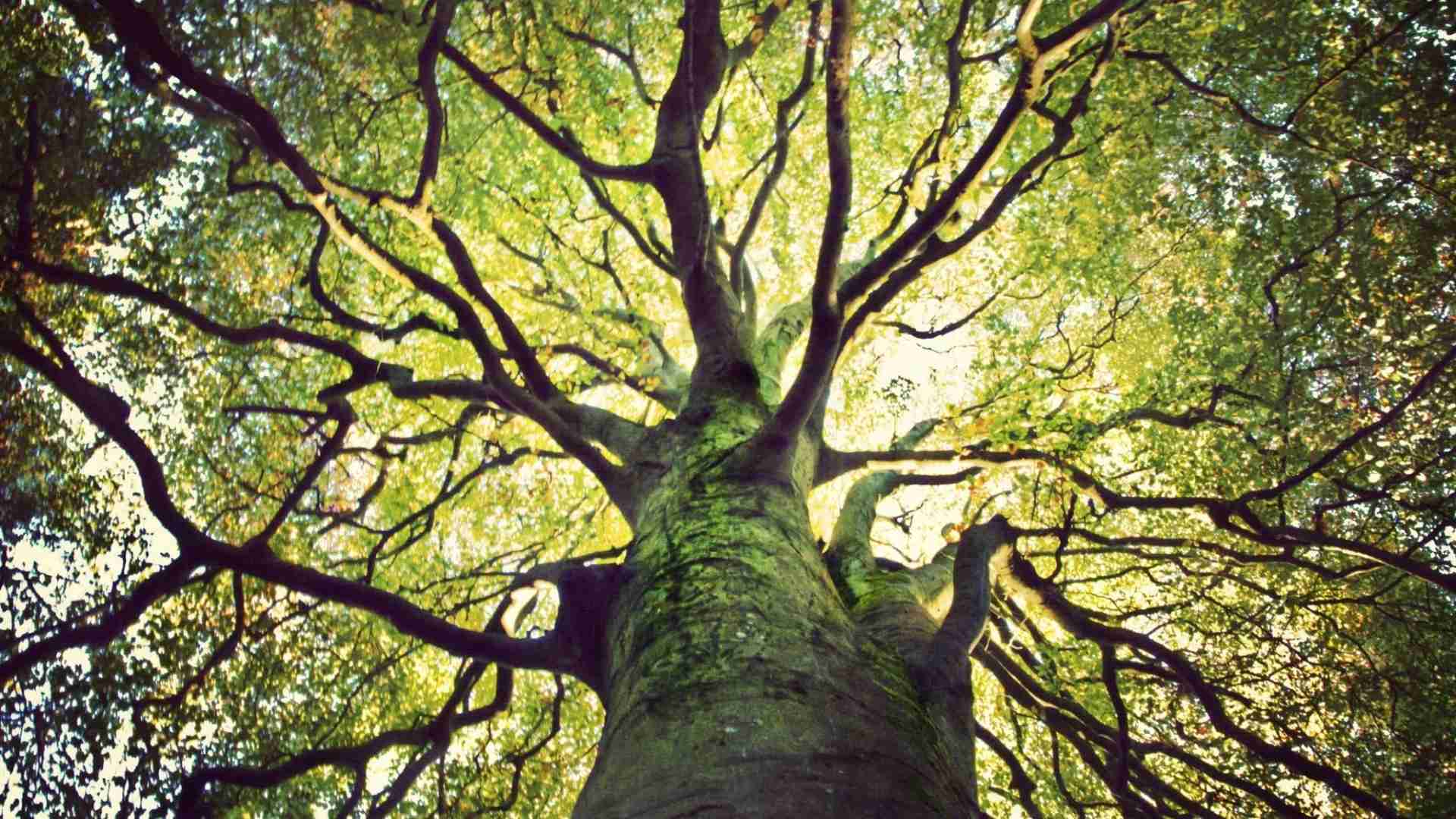We have pulled together 50 interesting facts about Trees in Ireland and we hope you enjoy reading about them.
Trees can communicate with each other through a complex network of roots and fungi, sharing nutrients and warning each other of potential dangers.
Trees have the ability to remember past events and adjust their behavior accordingly, such as closing their leaves to conserve water during droughts.
Trees are capable of recognizing their own offspring and providing them with resources to help them thrive.
Trees can release chemicals into the air to attract predators of pests that are damaging their leaves or bark.
Trees are responsible for producing the majority of the world’s oxygen.
Trees play a crucial role in regulating the Earth’s climate by sequestering carbon dioxide from the atmosphere.
The oldest trees in the world can live for thousands of years, such as the Great Basin Bristlecone Pine in California which is over 4,800 years old. The oldest Irish tree is in Maynooth and is a Yew tree and is approx. 800 years old and called Silken Thomas.
Trees can experience stress and trauma, such as being damaged by storms or insects, which can affect their growth and health.
Trees have unique personalities, with different species exhibiting different growth patterns and characteristics.
Trees are capable of adapting to their environment over time, such as developing deeper roots to access water during droughts.
Trees can form communities and support each other through their interconnected root systems.
Trees provide a habitat for a diverse range of wildlife, including birds, insects, and mammals.
Trees can signal to each other when they are under attack by pests or diseases, triggering a response from nearby trees to protect themselves.
Trees have the ability to heal themselves from wounds, such as by growing new bark over damaged areas.
Trees can influence local weather patterns by releasing moisture into the air through transpiration.
Trees can help to prevent soil erosion by stabilizing the soil with their roots.
Trees can filter pollutants out of the air, improving air quality in urban environments.
Trees can store large amounts of carbon in their biomass, making them an important tool in mitigating climate change.
Trees can inspire awe and wonder in people, connecting us to nature and the larger world around us.
Trees can improve our mental and physical health by providing a calming presence and promoting physical activity through outdoor recreation.
Trees can serve as a source of food and medicine for humans and other animals.
Trees can help to reduce noise pollution by absorbing sound waves.
Trees can provide shade and cool urban environments during hot summer months, reducing energy consumption for air conditioning.
Trees can act as windbreaks, reducing wind erosion and damage to buildings and infrastructure.
Trees can provide a sense of place and identity to communities, becoming iconic symbols of local heritage and culture.
Trees can inspire art and creativity, with their unique shapes and textures inspiring artists and designers.
Trees can be used as a natural source of building materials, such as timber and bark.
Trees can create microclimates that support the growth of other plants and animals.
Trees can be used as natural landmarks for navigation and wayfinding.
Trees can provide shade and shelter for livestock and crops in agricultural settings.
Trees can help to regulate water cycles by absorbing and releasing water through their roots and leaves.
Trees can provide valuable ecosystem services, such as pollination and pest control.
Trees can provide a buffer against extreme weather events, such as floods and landslides.
Trees can help to increase property values and improve the aesthetic quality of urban environments.
Trees can serve as a source of inspiration and wonder for people of all ages.
Trees can provide important cultural and spiritual significance to communities around the world.
Trees can be used to create windbreaks and protect crops from wind damage.
Trees can provide a habitat for a wide range of microorganisms, such as fungi and bacteria, which are important for nutrient cycling and soil health.
Trees can support a diverse range of bird species, providing nesting sites, food sources, and shelter.
Trees can attract and support a variety of insect species, such as butterflies and bees, which are important pollinators for many crops.
Trees can support a range of small mammals, such as squirrels, which use tree hollows for nesting and food storage.
Trees can provide a food source for larger mammals, such as deer and moose, which browse on leaves and twigs. Trees can support a variety of amphibian and reptile species, which use tree bark and roots for shelter.
Trees can support a diverse range of plant species, particularly in forest ecosystems where there is less disturbance and competition for resources.
Trees can help to maintain water quality by filtering pollutants and excess nutrients out of the runoff.
Trees can provide a buffer against the impacts of climate change, such as by moderating temperatures and reducing the risk of flooding.
Trees can help to maintain soil health and prevent erosion, particularly in areas with steep slopes or unstable soils.
Trees can create corridors for wildlife to move between fragmented habitats, helping to maintain genetic diversity and resilience.
Trees can support cultural and spiritual practices that depend on the presence of certain tree species, such as the oak tree in many Indigenous cultures.


